Tri-tert-butylphosphine
Synonym(s):P(t-Bu)3;P(t-Bu)3
- CAS NO.:13716-12-6
- Empirical Formula: C12H27P
- Molecular Weight: 202.32
- MDL number: MFCD00015006
- EINECS: 237-266-4
- SAFETY DATA SHEET (SDS)
- Update Date: 2025-01-27 09:38:02
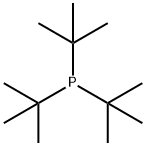
What is Tri-tert-butylphosphine?
Chemical properties
Colorless to light yellow liqui
The Uses of Tri-tert-butylphosphine
Valuable ligand for several coupling reactions. This product is offered as the THF solution for more convenient handling.
The Uses of Tri-tert-butylphosphine
Tri-tert-butylphosphine is used primarily in the preparation of mono- and bidentate phosphine ligands in metal complexes for catalytic chiral asymmetric hydrogenations and other asymmetric reactions as well as transition metal coupling reactions. This reagent is also used in the preparation of other phosphines in catalytic polymerization reactions.
Properties of Tri-tert-butylphosphine
| Melting point: | 30-35 °C(lit.) |
| Boiling point: | 102-103 °C13 mm Hg(lit.) |
| Density | 0.861 g/mL at 25 °C |
| Flash point: | 1 °F |
| storage temp. | Flammables area |
| form | solid |
| Specific Gravity | 0.68 |
| Water Solubility | insoluble |
| Sensitive | Air & Moisture Sensitive |
| Hydrolytic Sensitivity | 9: reacts extremely rapidly with atmospheric moisture - may be pyrophoric - glove box or sealed system required |
| BRN | 1738613 |
| CAS DataBase Reference | 13716-12-6(CAS DataBase Reference) |
| NIST Chemistry Reference | Tri-tert-butylphosphine(13716-12-6) |
Safety information for Tri-tert-butylphosphine
| Signal word | Danger |
| Pictogram(s) |
 Flame Flammables GHS02  Corrosion Corrosives GHS05 |
| GHS Hazard Statements |
H250:Pyrophoric liquids; Pyrorophoric solids H314:Skin corrosion/irritation |
| Precautionary Statement Codes |
P260:Do not breathe dust/fume/gas/mist/vapours/spray. P280:Wear protective gloves/protective clothing/eye protection/face protection. P231+P232:Handle under inert gas. Protect from moisture. P303+P361+P353:IF ON SKIN (or hair): Remove/Take off Immediately all contaminated clothing. Rinse SKIN with water/shower. P305+P351+P338:IF IN EYES: Rinse cautiously with water for several minutes. Remove contact lenses, if present and easy to do. Continuerinsing. P370+P378:In case of fire: Use … for extinction. |
Computed Descriptors for Tri-tert-butylphosphine
| InChIKey | BWHDROKFUHTORW-UHFFFAOYSA-N |
Tri-tert-butylphosphine manufacturer
JSK Chemicals
2Y
Phone:+91-9879767970
Whatsapp: +91-9879767970
product: Tri-tert-butylphosphine 13716-12-6 99%
HYCHEM LABORATORIES
1Y
Phone:+91-9391007257
Whatsapp: +91-9391007257
product: Tri-tert-butylphosphine 1.0 M in Toluene)
New Products
3-Iodophenylacetic acid 3-Pyridineacetonitrile, α-hydroxy- 2-Propanamine, 1-chloro-, hydrochloride (9CI) 3-(hexyloxy)-4-(pyridin-3-yl)-1,2,5-thiadiazole 2-Hexyn-1-ol Dibenzo-18-crown-6 Nickel(II) perchlorate hexahydrate, 98% 4-Bromophenylacetonitrile, 95% 3-Bromo-4-fluoroaniline, 97% Sodium tetraborate decahydrate, 98% Palladium(II) acetate, trimer, Pd 99% 4-Bromo-2-chlorotoluene, 97% N N Dimethylformamide Dimethyl Acetal (Dmf Dma) 2,3-Dichloro Benzoyl Cyanide [Side Chain] Bis(2-Chloroethyl) Amine Hydrochloride L-Glutamic Acid Diethyl Ester Hydrochloride 5-(Difluoromethoxy)-2-Mercaptobenzimidazole 1-Ethyl-3-(3-Dimethylaminopropyl)-Carbodiimide Hydrochloride [EDC Hcl] 1,4-Napthoquinone Bromoiodomethane Sodium Bicarbonate Methylene Dichloride (MDC) Ethyl Acetate Indole-3-Carbinol (I3C)Related products of tetrahydrofuran


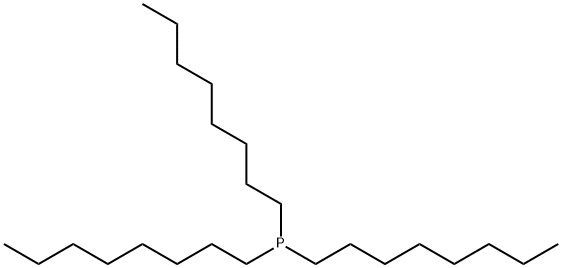
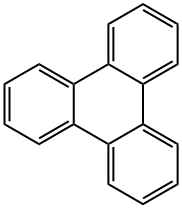


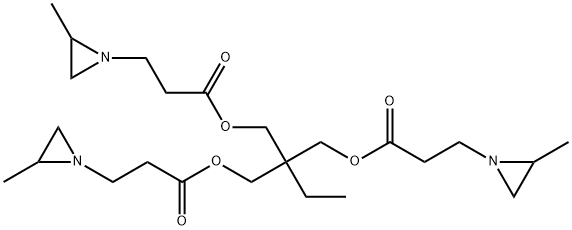

You may like
-
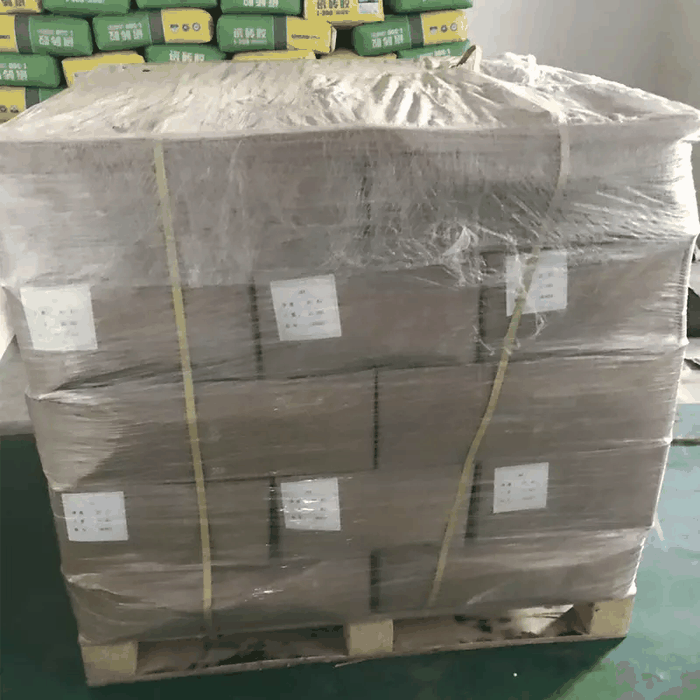 13716-12-6 TRI-TERT BUTYLPHOSPHINE 98%View Details
13716-12-6 TRI-TERT BUTYLPHOSPHINE 98%View Details
13716-12-6 -
 Tri-tert-butylphosphine 1.0 M in Toluene)View Details
Tri-tert-butylphosphine 1.0 M in Toluene)View Details
13716-12-6 -
 Tri-tert-butylphosphine 13716-12-6 99%View Details
Tri-tert-butylphosphine 13716-12-6 99%View Details
13716-12-6 -
 Tri -Tert Butyl Phosphine 1.0 M in Toluene CAS 13716-12-6View Details
Tri -Tert Butyl Phosphine 1.0 M in Toluene CAS 13716-12-6View Details
13716-12-6 -
 17604-74-9 3-Pyridineacetonitrile, α-hydroxy- 98+View Details
17604-74-9 3-Pyridineacetonitrile, α-hydroxy- 98+View Details
17604-74-9 -
 Cyclohexane, (2-propynyloxy)- 67967-07-1 98+View Details
Cyclohexane, (2-propynyloxy)- 67967-07-1 98+View Details
67967-07-1 -
 3-Iodophenylacetic acid 1878-69-9 98+View Details
3-Iodophenylacetic acid 1878-69-9 98+View Details
1878-69-9 -
 132945-75-6 (S)-1-Boc-3-methanesulfonyloxy-pyrrolidine 98+View Details
132945-75-6 (S)-1-Boc-3-methanesulfonyloxy-pyrrolidine 98+View Details
132945-75-6
Statement: All products displayed on this website are only used for non medical purposes such as industrial applications or scientific research, and cannot be used for clinical diagnosis or treatment of humans or animals. They are not medicinal or edible.
